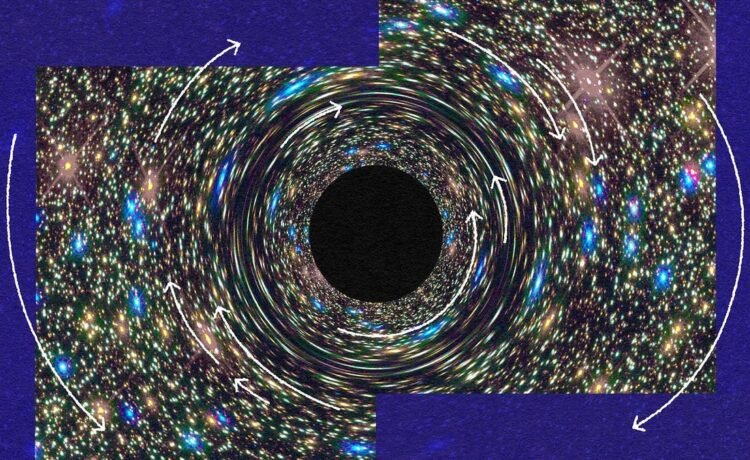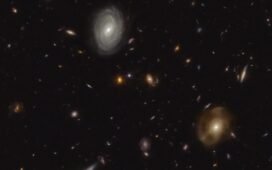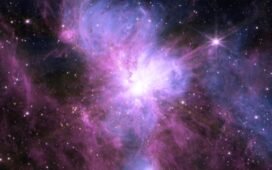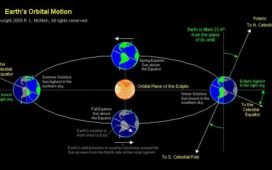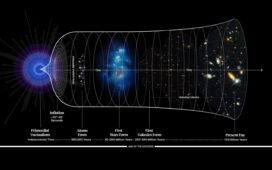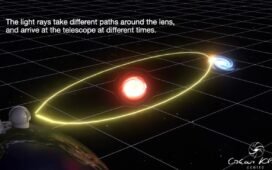At the center of Hubble’s famous “cosmic horseshoe,” a very heavy supermassive black hole has been robustly measured. How is it possible?
Within practically every modern galaxy, a central supermassive black hole can be found. Our own Milky Way houses Sagittarius A*, which weighs in at just over 4 million solar masses. Although that might sound like an impressively massive black hole, it’s actually on the small side for a galaxy as massive as ours. Andromeda is only a little bit more massive than the Milky Way, but its supermassive black hole is more than 100 million solar masses. Nearby, in the Virgo Cluster, the giant elliptical galaxy Messier 87 has an even more massive black hole: at 6.5 billion solar masses. For the most massive galaxies in the nearby Universe, supermassive black holes of ~1 billion solar masses or more are actually quite common.
But even in these giant elliptical galaxies, the most massive known supermassive black holes make up only about ~0.1% of the stellar mass (i.e., the mass that’s present in the form of stars) of the galaxies themselves. This ratio, of 1000-to-1 (for stellar mass to mass of the central black hole), is very common in the nearby Universe. In practice, pinning down the…

